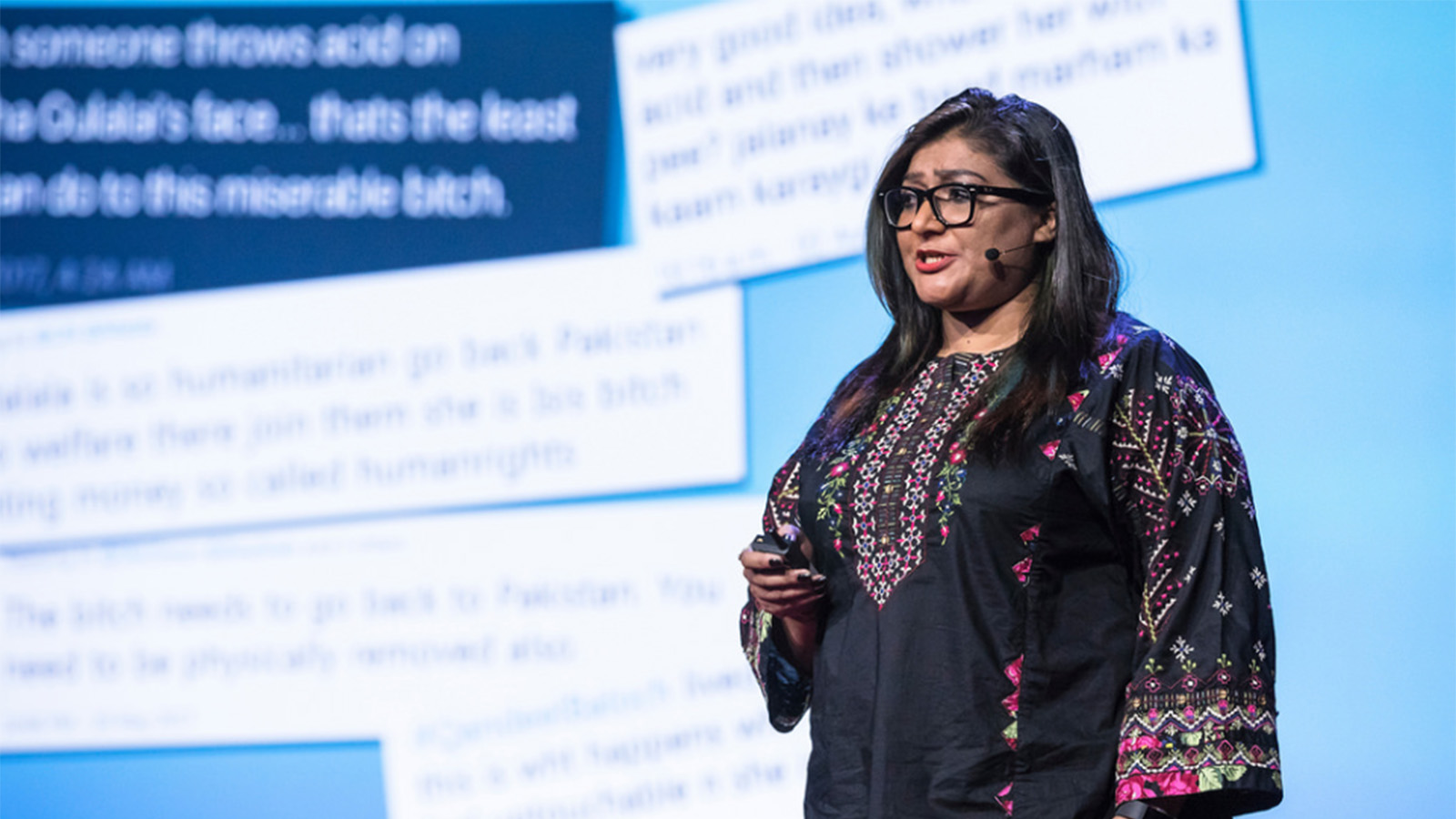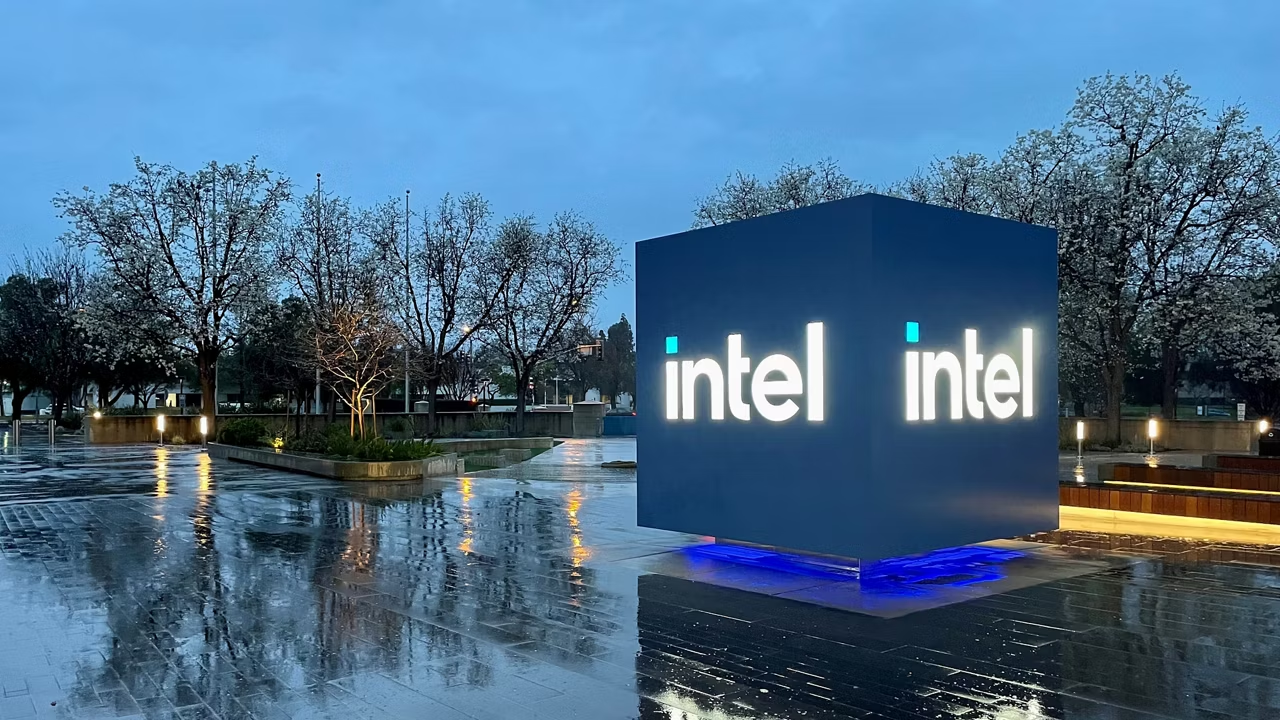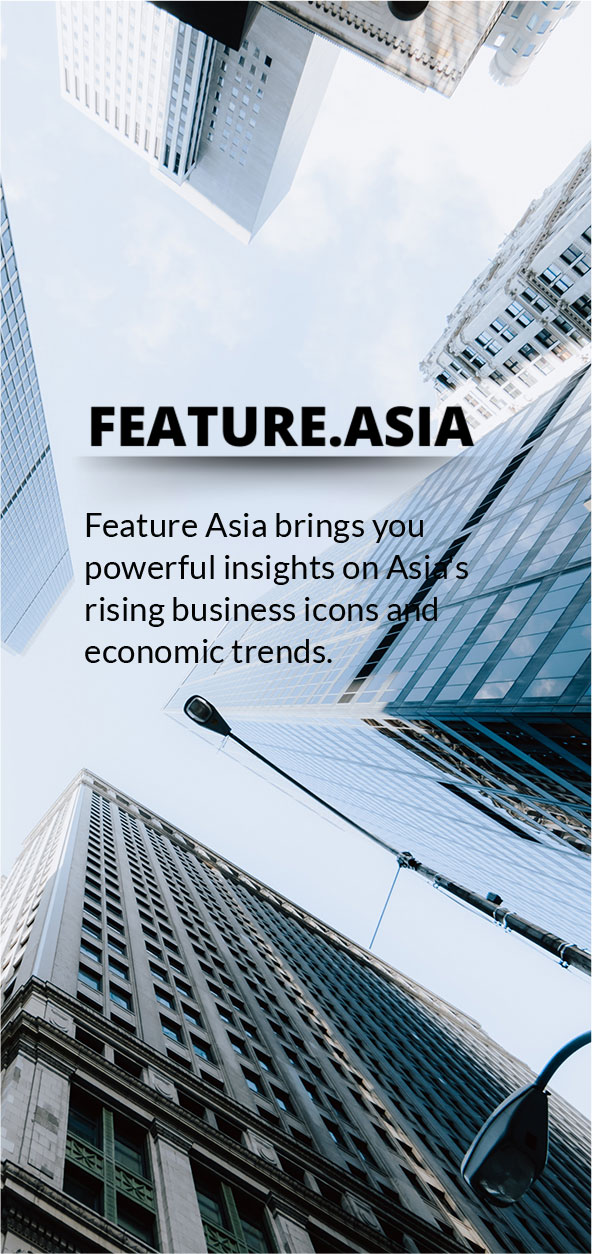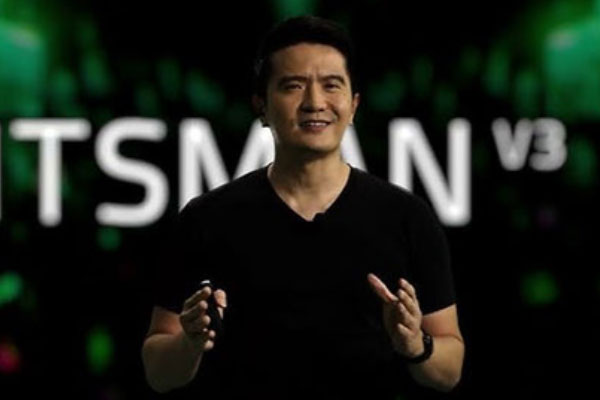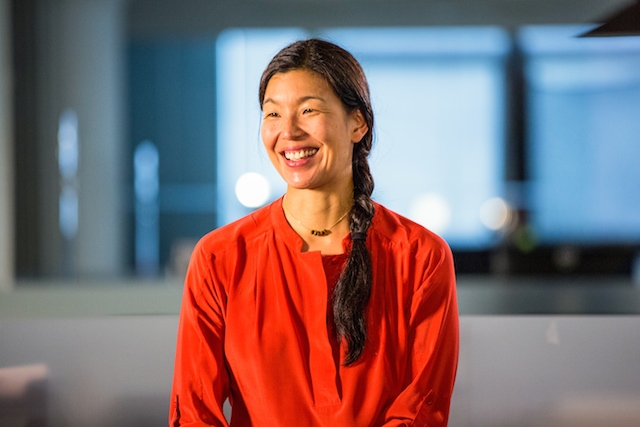Intel foundry strategy eyes global realignment in chip manufacturing
Intel has announced an ambitious plan to become the world’s second-largest contract chipmaker by 2030. The initiative aims to challenge the dominance of Asian semiconductor giants like TSMC and Samsung, signaling a strategic shift in global chip manufacturing.
By expanding Intel Foundry Services (IFS) and promoting itself as a geopolitical alternative, Intel is betting on a future shaped by AI demand, regional supply chain realignment, and government subsidies. The Intel foundry strategy could reshape the global balance of power in semiconductors.
Riding the AI boom and geopolitical tailwinds
The surge in generative AI, autonomous systems, and high-performance computing has driven record demand for cutting-edge semiconductors. While NVIDIA and AMD dominate chip design, both rely heavily on TSMC for production—a bottleneck Intel is aiming to eliminate.
CEO Pat Gelsinger has declared Intel the “arms dealer in the AI war.” The company plans to manufacture chips for competitors, startups, and cloud providers alike. Intel’s strategy includes:
Expanding global manufacturing in the U.S., Germany, Israel, Ireland, Malaysia, and Vietnam
Offering advanced nodes like the 18A process, which is designed to rival TSMC’s 3nm and Samsung’s 2nm technologies
Securing public subsidies from the CHIPS and Science Act in the U.S. and the EU Chips Act in Europe
Intel’s design-to-fab model is being marketed as both a technical advantage and a national security asset, offering a hedge against East Asia’s geopolitical risks.
Disrupting Asia’s semiconductor stronghold
Currently, Asia produces over 75% of the world’s semiconductors. TSMC leads with nearly 60% of the foundry market, followed by Samsung. In contrast, Intel held less than 2% of the foundry market in 2023.
To compete, Intel is investing over $100 billion in new fabrication plants and expanding backend operations in Malaysia and Vietnam. However, success requires more than capital. It also demands:
Flexibility to serve diverse client needs
Trust in Intel’s manufacturing reliability
Execution of a proven roadmap for advanced nodes
Meanwhile, Asian rivals are pressing forward. TSMC is developing 2nm nodes, and Samsung has unveiled plans for 1.4nm fabrication. These moves raise the innovation bar and increase pressure on Intel to deliver.
Editorial insight: A bold plan with systemic hurdles
Intel’s 2030 goal is bold—and timely. As the U.S., EU, and Japan prioritize supply chain resilience, Intel has an opportunity to become the preferred fabrication partner outside East Asia.
But it faces serious challenges. Intel must:
Restore credibility after previous delays and yield failures
Secure anchor clients beyond its internal needs
Deliver consistently across multiple geographies and process nodes
Asia’s fabrication ecosystem benefits from decades of talent development, infrastructure, and capital discipline. Intel will need to prove it can match this depth. If it succeeds, it may redraw the foundry landscape—and force TSMC and Samsung to move even faster.
Conclusion: 2030 is Intel’s moonshot—but momentum starts now
Intel’s plan to become the world’s No. 2 foundry by 2030 may seem ambitious, but the groundwork is being laid. With help from the CHIPS Act, surging AI demand, and a differentiated geopolitical pitch, Intel hopes to carve out meaningful market share.
The next five years will be crucial. If Intel executes its 18A and 14A process roadmaps, wins over major fabless clients, and scales globally, its foundry transformation could become one of the biggest tech pivots in decades.
For now, the East-West chip rivalry enters a new chapter—one where Intel’s rebound could either reshape the market or fall short against the entrenched titans of Asia.

